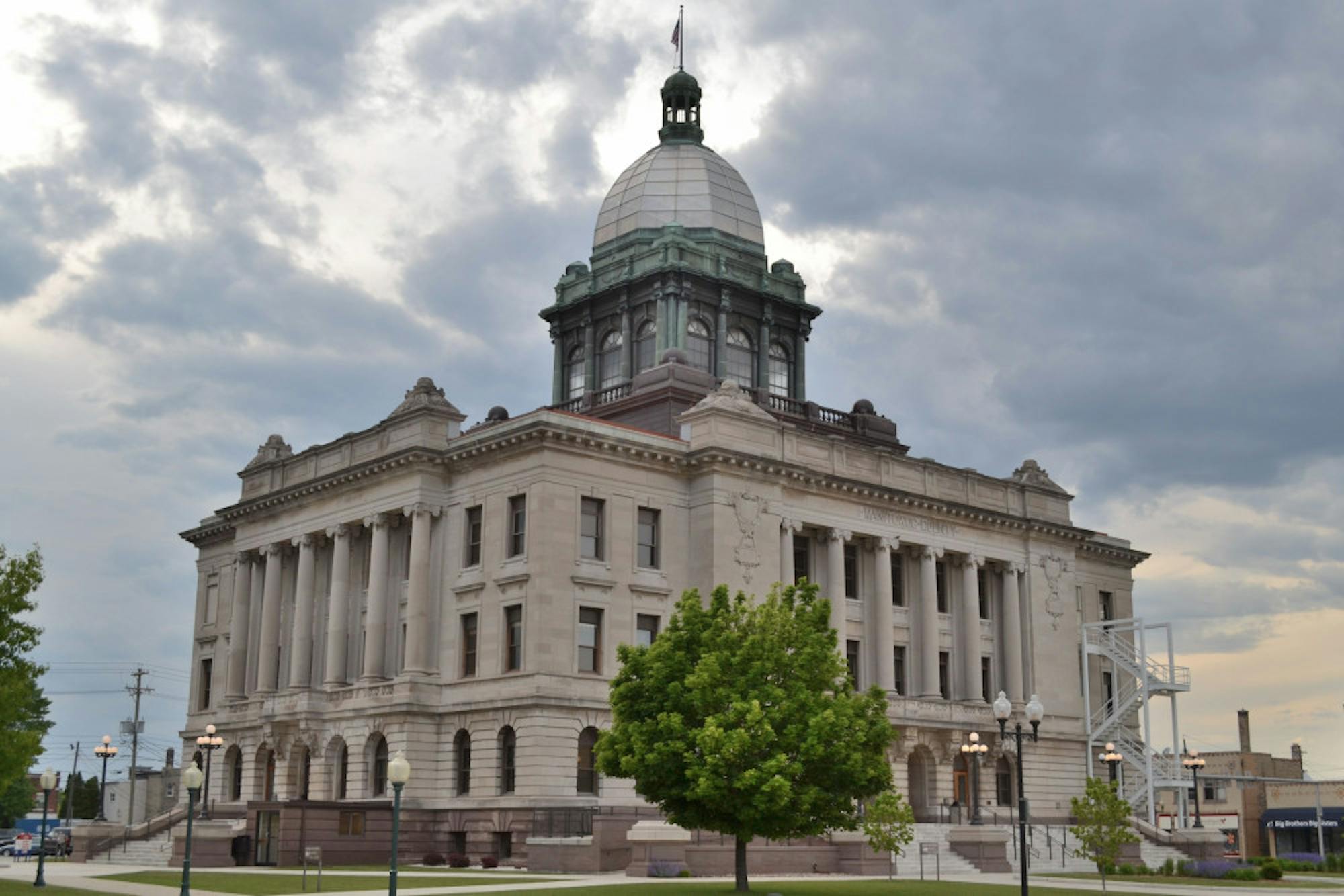Truth, as the well-worn cliche goes, is often stranger than fiction. In "Making a Murderer"(2015), a new Netflix documentary series that premiered on Dec. 18, 2015, truth and fiction are virtually indistinguishable - in more ways than one. Despite the fact that it recounts true events, the show has all the elements of a good novel - a compelling premise, complex characters and enough moral ambiguity to put Graham Greene to shame. Additionally, the dueling narratives of the horrific crime that transform the story from bizarre to downright Kafka-esque, blur the line separating the real and the fabricated.
If that all sounds a little disorienting, do not worry: "Making a Murderer" is not primarily concerned with abstruse epistemological questions about the nature of reality. The show is, however, fixated to an almost obsessive degree on the thorny issue of justice, and in particular on how petty human prejudices can override and compromise more noble ideals about equality and fairness, often resulting in irrevocable consequences.
The series thrusts that uncomfortable reality into the audience's face from the get-go. The story centers on Steven Avery, a man from blue-collar Manitowoc County, Wisconsin, who was wrongfully convicted of rape in 1985, only to be exonerated by DNA evidence and released from prison in 2003. Suspecting judicial malfeasance in that case, Avery filed a federal lawsuit against Manitowoc County, the former sheriff and the former district attorney, seeking a hefty settlement. As the trial proceeds, however, Avery is charged with the murder of a photographer, Teresa Halbach, when she goes missing after visiting the auto salvage yard Avery’s family owns. By this point, we are only two episodes into a 10-episode season, and plenty of revelations bound to drop your jaw are still in store. Some reviewers have suggested that the series, which released all 10 episodes at once, is binge-worthy. But that is only if you can stomach it all in one sitting. Between the lurching twists of the story, the grisly details of the case and the moral indignation the show is designed to inspire, it is more likely you will conclude an episode feeling somewhat queasy.
Credit has to be given where it is due: writer-directors Laura Ricciardi and Moira Demos, who spent 10 years laboring on this project, manage to fashion a narrative that is at once urgent, necessary and, above all, absorbing. Part of this is thanks to the wealth of visual and audio materials they have at their disposal. Where the paucity of such invaluable resources is often the most vexing problem for documentarians, in the case of Making a Murderer, the challenge is culling the most pertinent footage - phone recordings, deposition tapes and interrogation and courtroom videos - while maintaining at least the pretense of impartiality. However, Ricciardi and Demos masterfully spliced together raw footage with more traditional interviews with people both intimately and peripherally involved in the case. The score lends a menacing atmosphere to what otherwise might seem as bloodless bureaucratic proceedings, allowing us to see how minor incidents build into a profound miscarriage of justice.
But this is also where the show runs into trouble. In the wake of its release, "Making a Murderer" has come under fire for omitting crucial facts about the Halbach case. And while the controversy swirling around the show is outside the scope of this review, it is indisputable that Ricciardi and Demos are tilting the viewer toward a narrative of systemic failure and even malice, rather than individual turpitude, by giving more weight to those inclined to see the whole thing as rotten. Given the host of troubling details they do include, including a heart-wrenching plotline involving Avery’s nephew, Brendan Dassey, a mentally challenged teenager accused of being an accomplice to his uncle’s crimes, it is hard not to be swept along on their tide of righteous outrage. Ultimately, it depends on what you want to take away from the series - a sweeping indictment of the American criminal justice system, or a tender, tragic portrait of a hapless family and the tribulations they endure. No matter what, though, "Making a Murderer" leaves you with some unsettling questions: can justice ever truly be blind? And if it can, how does the equation change when you introduce a camera?
Netflix's 'Making a Murderer' provides absorbing look at murder case

The Manitowoc County Courthouse in Manitowoc County, Wisconsin. The show "Making A Murderer" features Steven Avery, who was convicted of crimes here.
Summary
"Making a Murderer" provides a compelling examination of the intricacies of the Halbach case, even if some details are designed to influence the viewers opinion.
4 Stars





